Goldfish Plant
- October 25, 2023
- 0 comment
The Goldfish Plant, scientifically known as Nematanthus gregarius, is a unique and charming houseplant that has gained popularity among plant enthusiasts for its distinctive, fish-like, orange or red flowers.
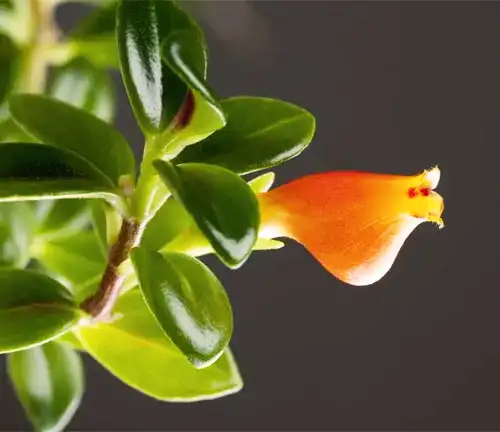
Native to the rainforests of Central and South America, this tropical plant is renowned for its pendulous, trailing growth habit, making it an ideal choice for hanging baskets or as a trailing accent in containers. Its lush, glossy green leaves provide a beautiful backdrop for the eye-catching, tubular flowers that resemble tiny goldfish, hence the common name.

Goldfish Plants thrive in bright, indirect light and consistently moist but not waterlogged soil. With the right care, these delightful plants can add a touch of whimsy and natural beauty to any indoor space, making them a favorite choice for those seeking a distinctive and low-maintenance houseplant.
| Characteristics | Description |
| Scientific Name | Nematanthus gregarius |
| Common Name | Goldfish Plant |
| Family | Gesneriaceae |
| Origin | Central and South America |
| Mature Height | 6-12 inches (15-30 cm) |
| Growth Habit | Trailing, pendulous |
| Foliage | Glossy, dark green leaves |
| Flowers | Tubular, orange or red, resembling goldfish |
| Light Requirements | Bright, indirect light |
| Temperature Range | 65-75°F (18-24°C) |
| Humidity | Moderate to high humidity preferred |
| Watering | Keep soil consistently moist but not waterlogged |
| Soil Type | Well-draining, peat-based potting mix |
| Fertilization | Monthly during the growing season (spring to fall) |
| Pruning | Prune to maintain shape and encourage bushier growth |
| Toxicity | Non-toxic to humans and pets |
| Propagation | Stem cuttings or leaf cuttings |
| Maintenance Level | Low to moderate |
| Use | Hanging baskets, containers, indoor decoration |
Botanical Beauty of “Goldfish Plant”
The Goldfish Plant, known scientifically as Nematanthus gregarius, is a botanical wonder that captivates plant enthusiasts worldwide. Its unique charm lies in the vivid orange or red tubular flowers that closely resemble tiny goldfish, giving this plant its intriguing name. Native to the lush rainforests of Central and South America, this botanical beauty thrives with glossy, dark green leaves that provide the perfect backdrop for the whimsical, aquatic-like blossoms. Its pendulous growth habit and eye-catching appearance make it a beloved choice for indoor decoration and an extraordinary addition to any plant lover’s collection.
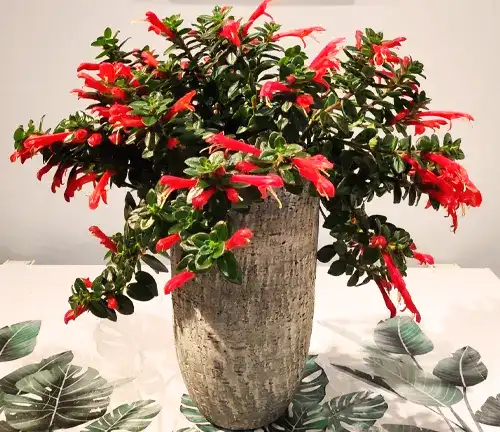
Woodland Elegance

Amidst the vibrant greenery of tropical forests, the Goldfish Plant emerges as a symbol of woodland elegance. Its trailing and pendulous growth habit allows it to adapt effortlessly to its natural habitat by cascading down from the trees above. The plant’s lush foliage and captivating flowers contribute to the enchanting atmosphere of the forest floor, where it thrives beneath the canopy of larger trees. This natural elegance is something that plant enthusiasts aim to recreate in their homes, as the Goldfish Plant adds a touch of the wild to indoor spaces.
Ecological Importance
In its native rainforest habitat, the Goldfish Plant plays a vital role in the ecosystem. This plant contributes to the biodiversity of these environments by providing nectar and pollen for native pollinators, including bees and butterflies. Its unique tubular flowers have evolved to attract specific pollinators, fostering an intricate ecological web. Furthermore, the Goldfish Plant’s foliage offers shelter and refuge for small creatures, contributing to the overall balance of the rainforest ecosystem.
Cultivation and Conservation
Cultivating the Goldfish Plant beyond its native habitat has become a passion for many plant enthusiasts. However, it’s crucial to consider conservation efforts. The Goldfish Plant is not classified as endangered, but its habitats face threats due to deforestation and habitat loss. To protect this plant, it’s essential to cultivate it responsibly, supporting efforts to preserve its natural habitat and conserve biodiversity.
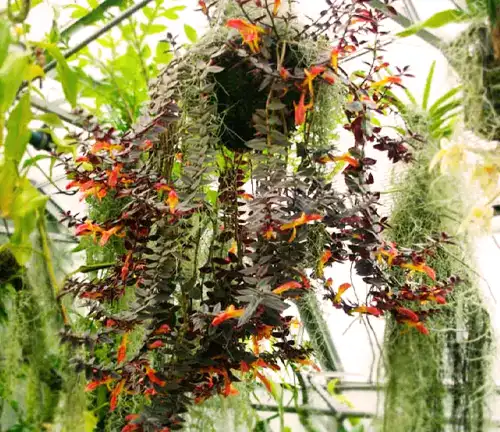
Fragrance
While the Goldfish Plant is celebrated for its captivating appearance, it also surprises with its subtle yet delightful fragrance. The flowers of this plant emit a pleasant, sweet scent, adding an extra layer of allure to its charm. This fragrance can transform any indoor space into a sensory delight, making the Goldfish Plant even more appealing to plant enthusiasts.
Soil Stabilization
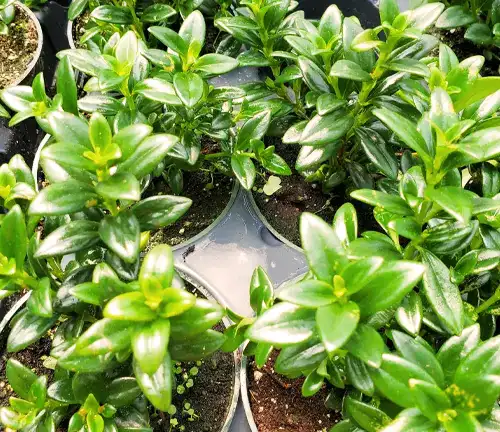
In its natural habitat, the Goldfish Plant contributes to soil stabilization by sending its roots deep into the forest floor. This helps prevent erosion and maintains the integrity of the rainforest ecosystem. The same soil stabilization qualities can be harnessed in cultivated spaces, making the Goldfish Plant an excellent choice for landscaping in regions prone to erosion or soil degradation.
Common Uses
Beyond its ecological importance, the Goldfish Plant is highly regarded for its aesthetic appeal. It is frequently used in hanging baskets, where its trailing growth habit is on full display. Additionally, this plant is a popular choice for container gardening and indoor decoration, creating a tropical ambiance within the home. Its unique appearance makes it an attractive centerpiece in various settings, from living rooms to office spaces.

Benefits
The Goldfish Plant provides a range of benefits to its cultivators and the environment. Its aesthetic beauty elevates indoor spaces, while its fragrance adds a delightful dimension to any room. This plant’s ecological importance is undeniable, supporting biodiversity and ecosystem health in its native habitat. Moreover, it can contribute to soil stabilization in landscaping projects. Cultivating the Goldfish Plant serves as a reminder of the beauty and fragility of nature, inspiring a deeper connection to the natural world and a commitment to its conservation.
Different Species
Nematanthus gregarius
This is the typical Goldfish Plant with bright orange or red tubular flowers. It is the most widely cultivated species.
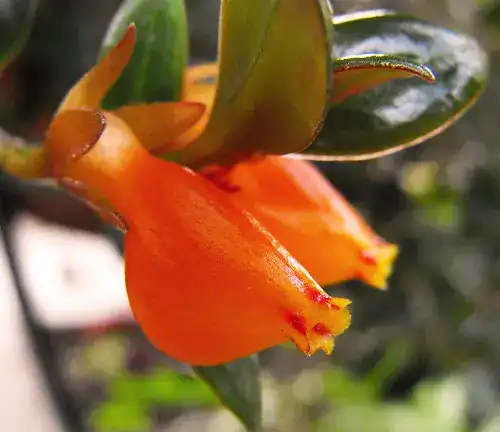

Nematanthus wettsteinii
This species produces orange or yellow tubular flowers and is known for its compact growth habit.
Nematanthus crassifolius
This variety is recognized for its vibrant red-orange flowers and distinctive, succulent-like leaves.
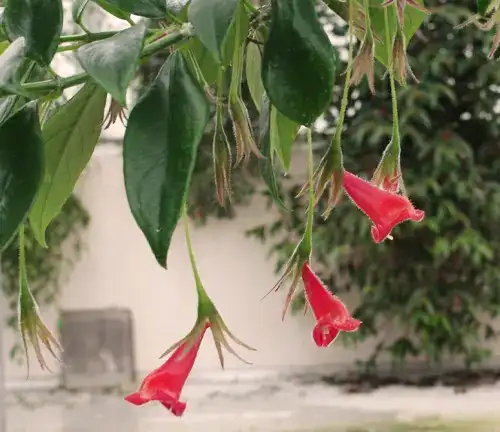
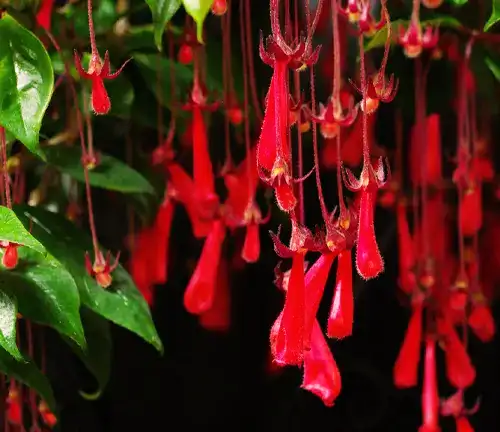
Nematanthus longipes
It features long, slender, tubular flowers that are often yellow or orange.
Nematanthus serpens
This species has striking, serpentine-shaped stems with orange or red flowers and is well-suited for hanging baskets.
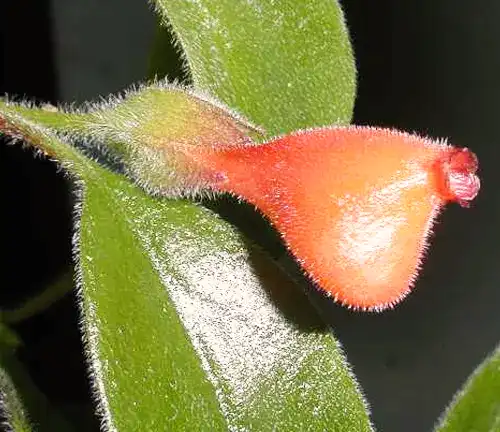

Nematanthus fritschii
This variety boasts glossy green leaves and orange-red flowers, adding a touch of elegance to any space.
Nematanthus ‘Tropicana’
This is a popular cultivar with variegated leaves, adding an extra layer of visual interest to the plant.
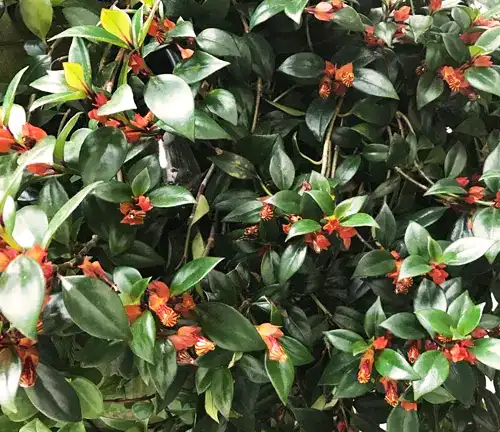
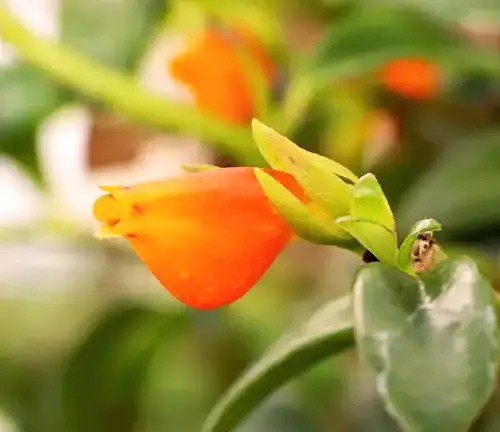
Nematanthus ‘Bicolor’
Known for its unique bi-colored flowers, with shades of orange and yellow.
Nematanthus ‘Lilac Lace’
This variety features lavender to lilac-colored flowers, adding a subtle but distinctive hue to your indoor garden.
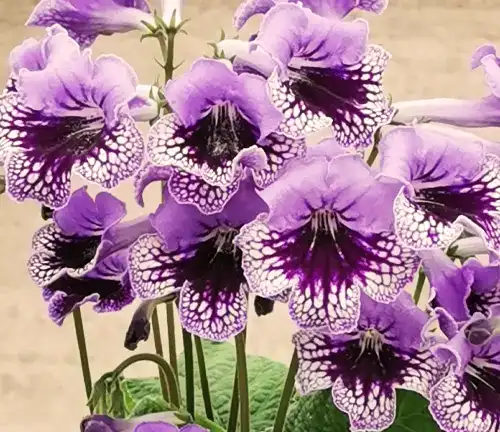
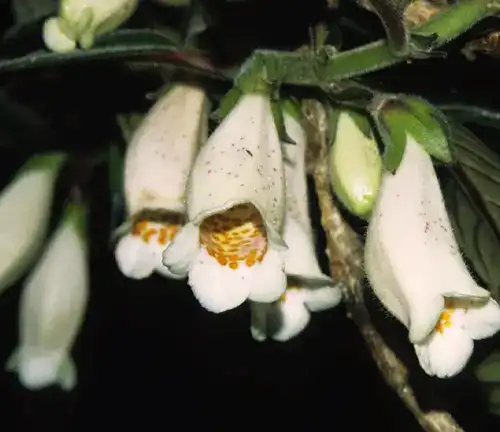
Nematanthus ‘Santa Teresa’
Recognizable by its deep orange blooms and compact growth habit, making it a great choice for small spaces.
Frequently Asked Questions (FAQs)
- What is a Goldfish Plant?
Goldfish Plant (Nematanthus gregarius) is a tropical houseplant known for its unique, fish-shaped flowers. It’s a favorite among plant enthusiasts due to its eye-catching appearance. - How do I care for a Goldfish Plant?
Goldfish Plants thrive in bright, indirect light, consistently moist soil, and moderate to high humidity. They prefer temperatures between 65-75°F (18-24°C). Regular fertilization during the growing season is also recommended. - Can I grow a Goldfish Plant outdoors?
Goldfish Plants are typically grown as indoor houseplants but can be placed in shaded or partially shaded outdoor locations in mild climates. - What should I do if my Goldfish Plant stops flowering?
Ensure it receives sufficient indirect light, maintain proper humidity levels, and follow a consistent watering and fertilization schedule. Pruning and deadheading can also encourage more blooms. - Are Goldfish Plants toxic to pets or humans?
Goldfish Plants are non-toxic to both pets and humans, making them a safe choice for households with animals and children. - How often should I water my Goldfish Plant?
Water your Goldfish Plant when the top inch of soil feels dry. Be careful not to overwater, as they are susceptible to root rot. - Can I propagate a Goldfish Plant?
Yes, you can propagate Goldfish Plants through stem cuttings or leaf cuttings. These cuttings can be placed in a well-draining potting mix to root and grow new plants. - Why are the leaves on my Goldfish Plant turning yellow?
Yellowing leaves can be caused by overwatering, poor drainage, or lack of light. Adjust your care routine to address the specific issue. - How do I encourage my Goldfish Plant to trail and hang nicely in a basket?
The pendulous growth habit can be encouraged by allowing the plant to trail over the edges of a hanging basket. Regular pruning can help maintain the desired shape. - Do Goldfish Plants have any specific pests or diseases to watch out for?
Goldfish Plants can be susceptible to common houseplant pests like aphids, mealybugs, and spider mites. Keep an eye out for these and treat as necessary. Overwatering can also lead to root rot.


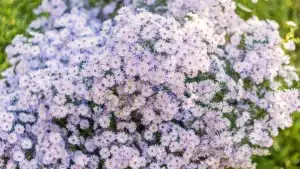
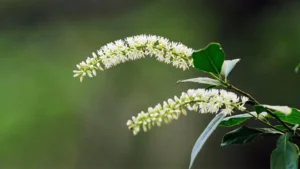

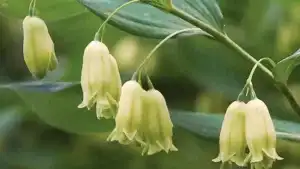
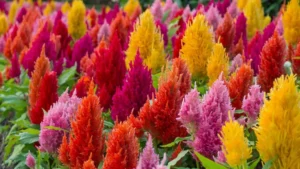




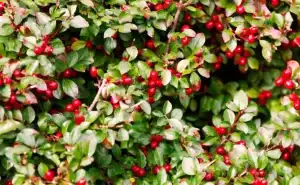
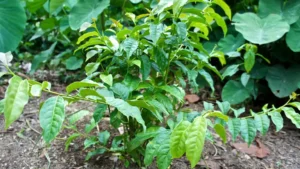

Leave your comment